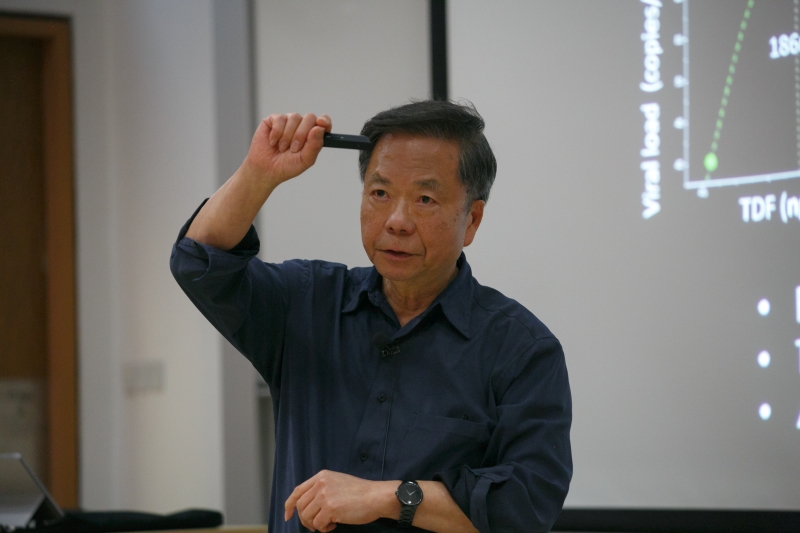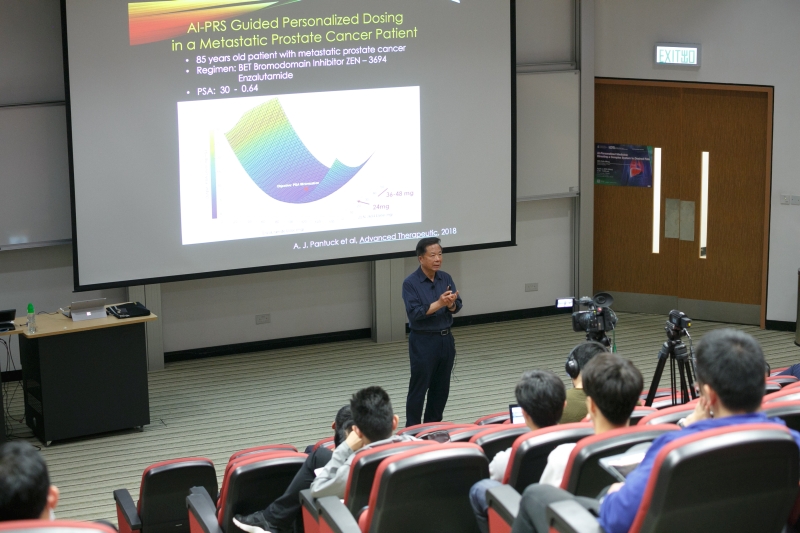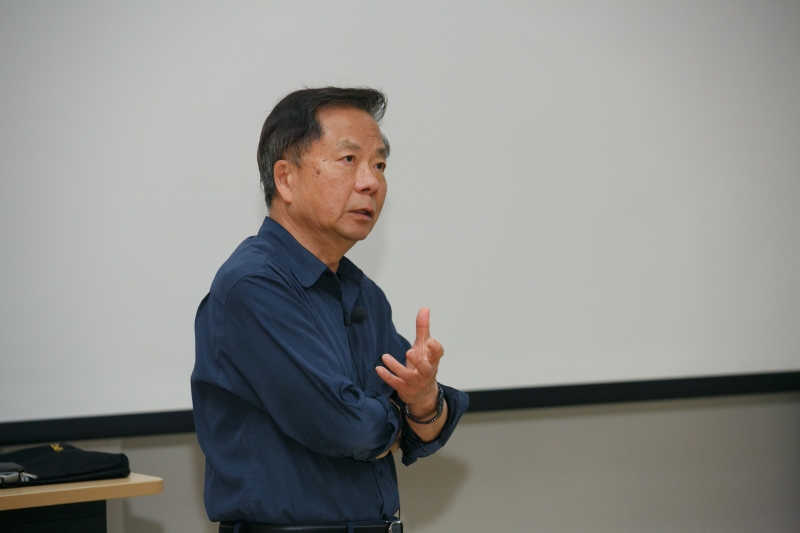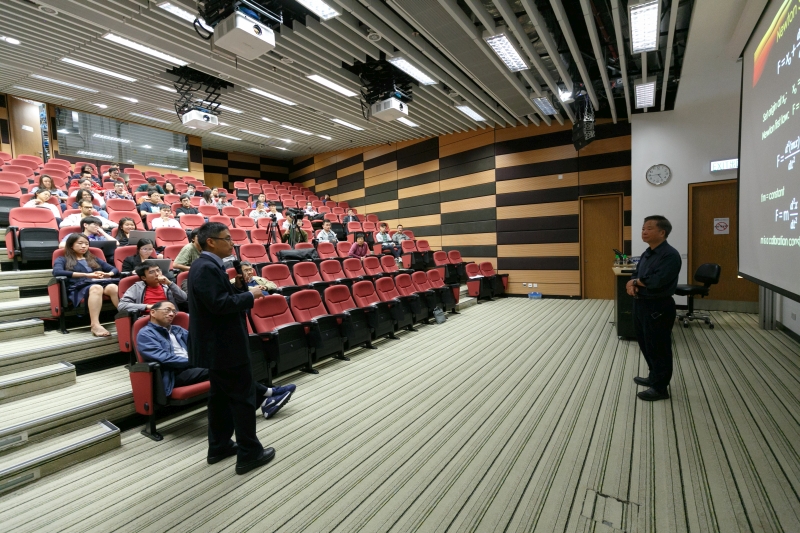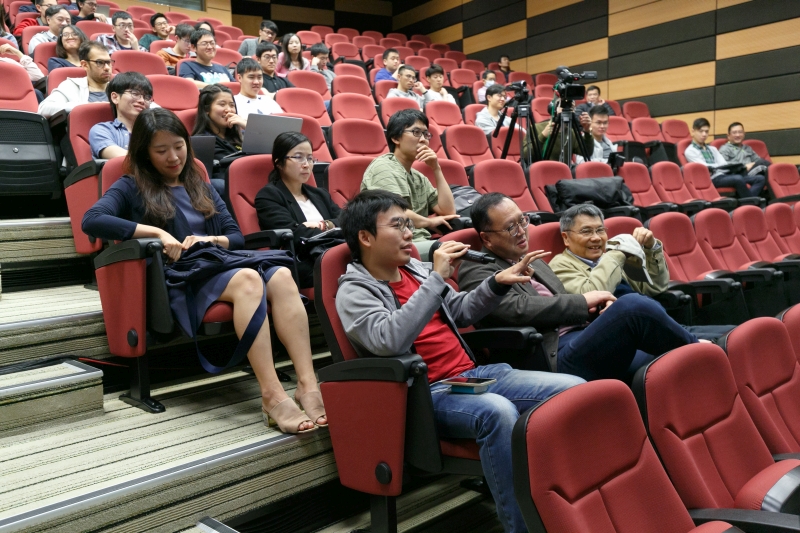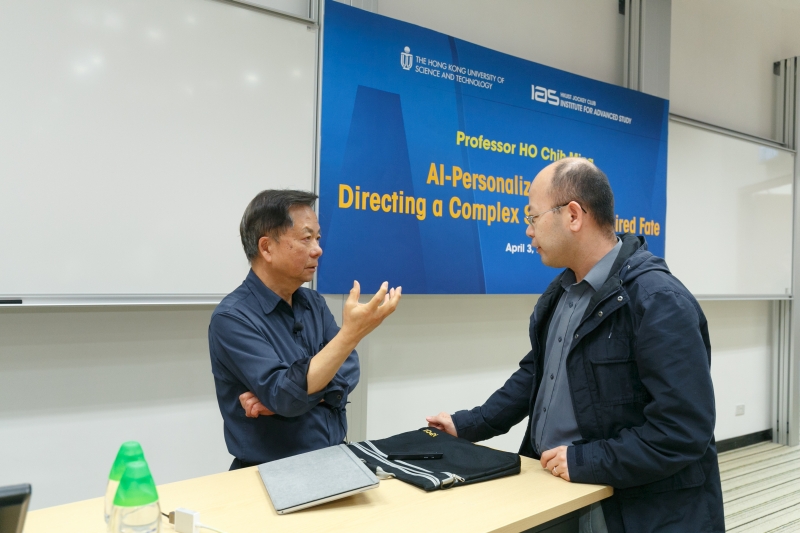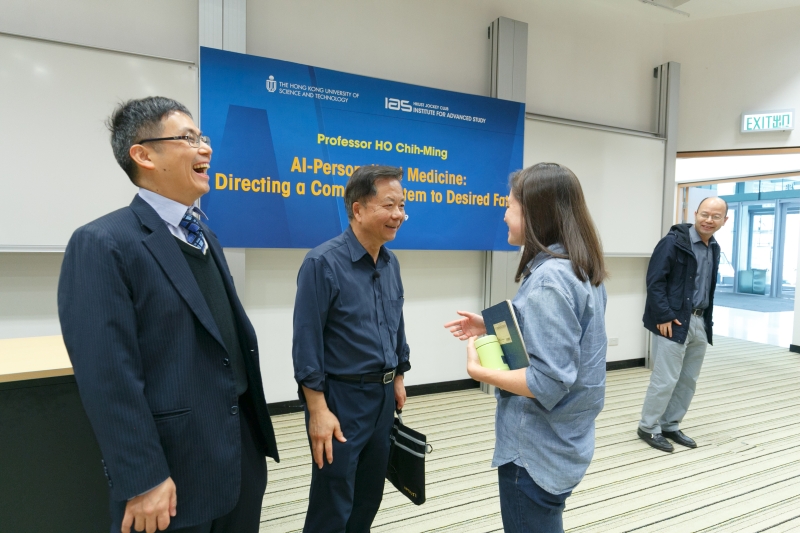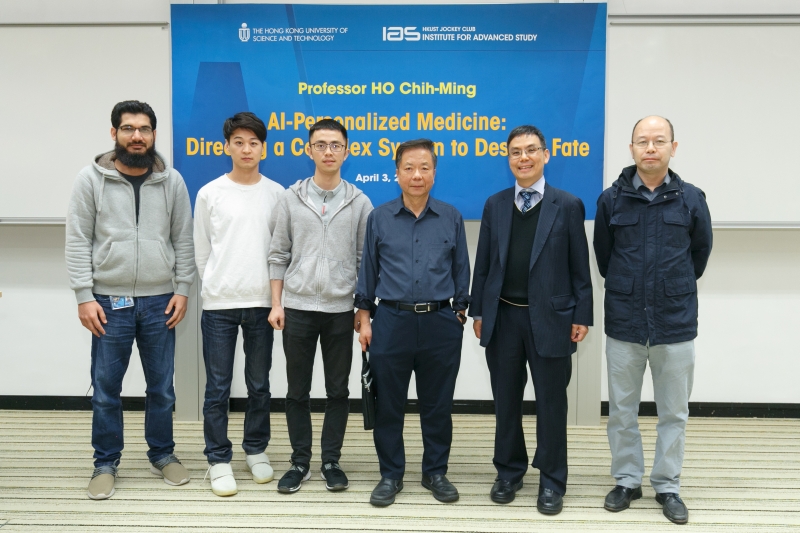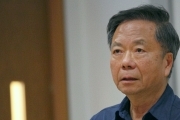AI-Personalized Medicine: Directing a Complex System to Desired Fate
Abstract
“Medicine is a science of uncertainty and an art of probability” said by Sir William OSLER (1849–1919), a father of modern medicine. Hundred years have passed and major advances have been made in sciences and techniques. A clinician still cannot quantitatively determine the efficacy/toxicity after treating a specific patient with either monotherapy or combinatorial therapy.
Human body is a complex system, which composes of a cascade of low level complex systems – cell, tissue and organ. Unique characteristics of a complex system is that a large number of interacting building blocks will result in emerging system properties, which cannot be directly related to the interactions among the building blocks. This is the key roadblock for a clinician to link the drug molecules interactions with aberrant cellular molecules directly to the efficacy/toxicity of the body. The molecular interactions are separated from endpoint outcomes, efficacy/toxicity by nine orders of magnitude apart in length scale and by many discontinuities between many lower levels of complex systems.
Neural networks can relate inputs of drug stimulations to the complex system response to regimen without sorting through detailed interactions. Training neural networks with 100s experiments of treating cancer cells with combinatorial regimen, the speaker and his research group discovered that the number of killed cancer cells is related to the doses through a parabolic response surface (PRS), which is governed by a quadratic algebraic equation. This PRS relation also holds true for tests in animal and human bodies. Hence, the AI-PRS platform provides clinicians a quantitative method to determine the efficacy/toxicity after treating a specific patient.
The speaker and his research group have applied this AI-medicine platform to develop personalized optimal drug-dose combination for an 85-year-old man with metastasized prostate cancer. PRS platform can guide us to home in the sweet spot of customized dose combination with high efficacy and low toxicity. Furthermore, the PRS platform can dynamically adjust the doses accommodating the variations of metabolism and other physiological functions of the patient.
The PRS platform has been found to be true for cognitive learning, extraction molecules from plants, emerging phenomena in social systems. Perhaps, PRS platform is a governing law for complex systems.
About the speaker
Prof. Chih-Ming Ho received his PhD from the Johns Hopkins University in 1974. He then started his career at the University of Southern California and rose to the rank of full professor. In 1991, he moved to the University of California, Los Angeles (UCLA) to lead the university's establishment of the micro-electro-mechanical-system (MEMS) field, while serving as the founding Director of the Center for Micro Systems. He served as the UCLA Associate Vice Chancellor for Research from 2001-2005 and held the Ben Rich-Lockheed Martin Chair before his retirement in 2016. He is currently a Distinguished Research Professor at the Department of Mechanical & Aerospace Engineering and of Bioengineering at UCLA.
Prof. Ho’s research interests include phenotypic personalized medicine (PPM), micro/nano fluidics, molecular sensors and turbulence. He was ranked by ISI as one of the top 250 most cited researchers in all engineering categories (2001-2014). He was on the advisory board for the American Institute of Aeronautics and Astronautics (AIAA) Journal and is a member of the IEEE/ASME Journal of Microelectromechanical Systems Coordinating Committee. He was an Associate Editor of the Journal of Fluids Engineering and an Associate Editor of the AIAA Journal. He also has served as a Guest Editor for the Annual Review of Fluid Dynamics.
Prof. Ho holds ten honorary professorships, including the Einstein Professor from the Chinese Academy of Sciences. In 2014, he was awarded a Doctor of Engineering honoris causa from the Hong Kong University of Science and Technology. He was inducted as a member of the US National Academy of Engineering and elected as an Academician of Academia Sinica in Taiwan. He is also a Fellow of the American Physical Society, American Association for the Advancement of Science, American Institute of Aeronautics and Astronautics, American Institute for Medical and Biological Engineering as well as International Society for Nano Manipulation, Manufacturing and Measurement.

